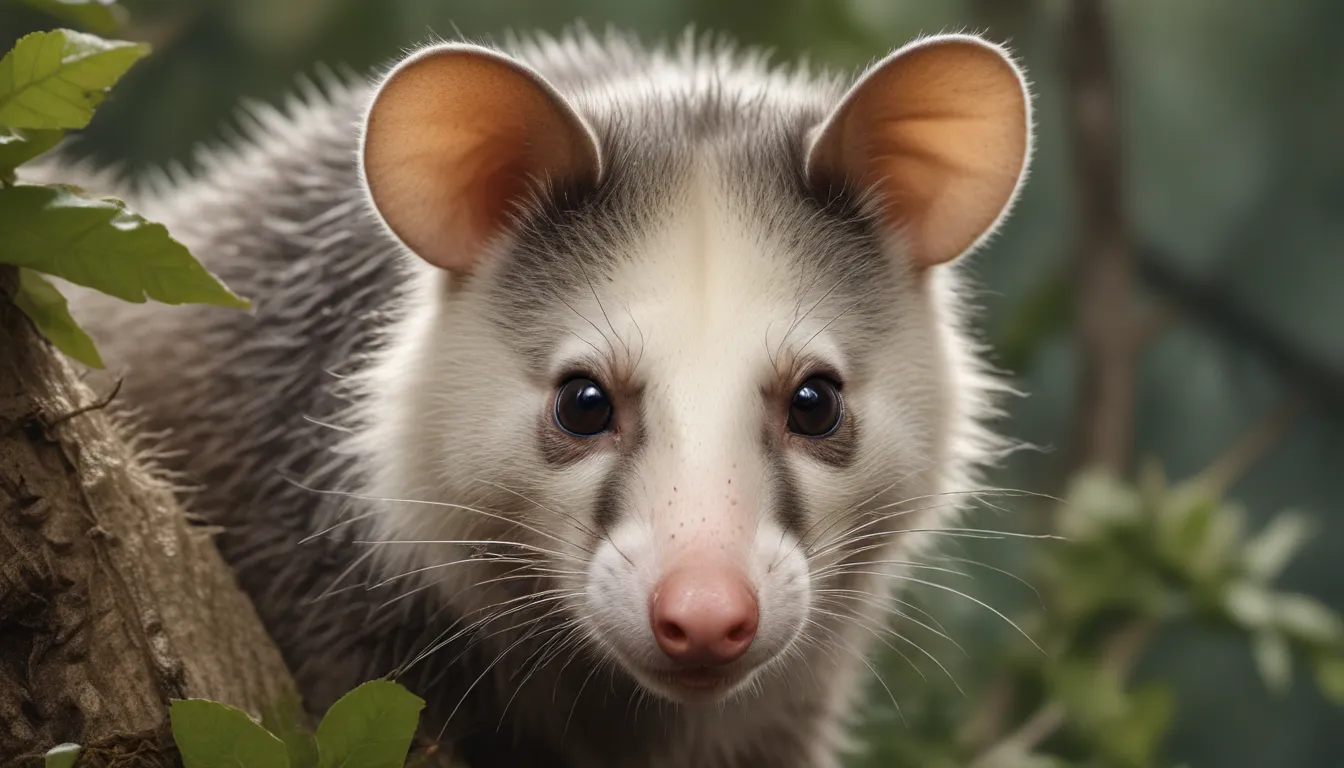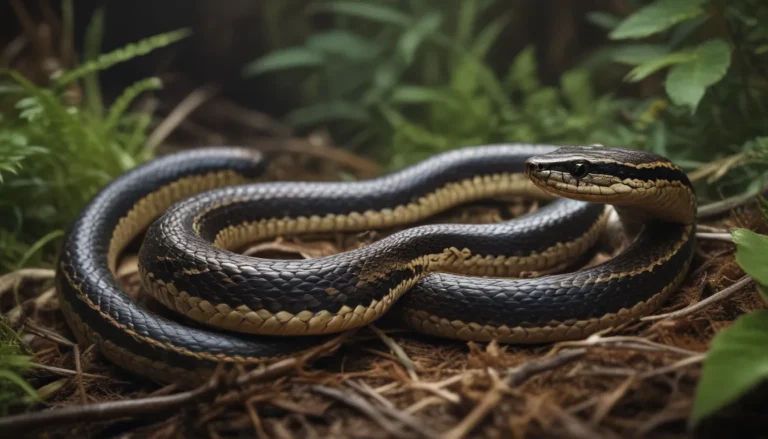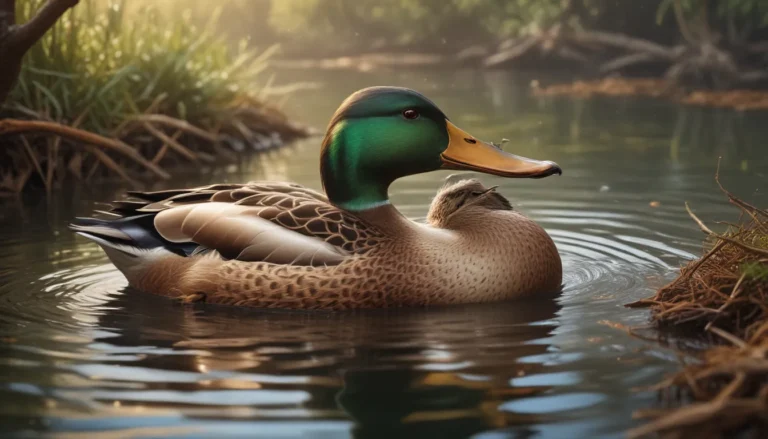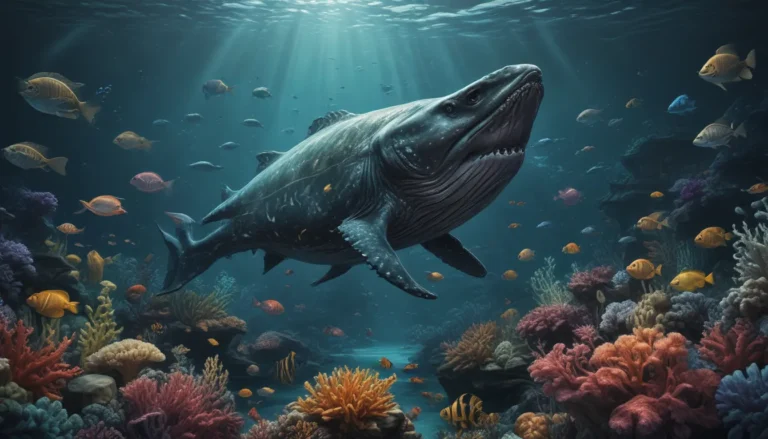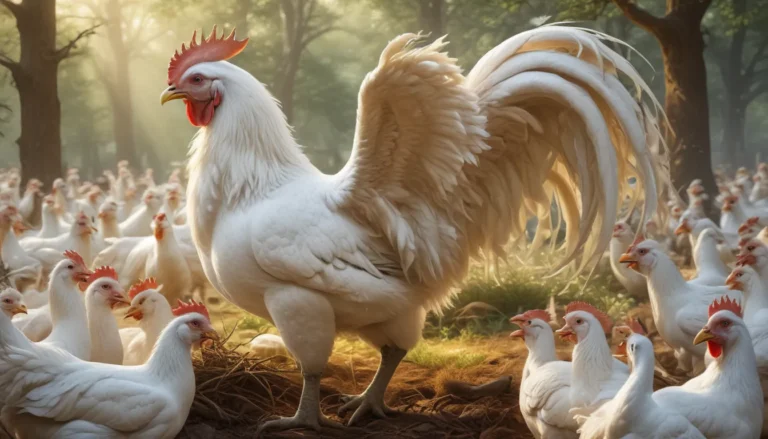The pictures we use in our articles might not show exactly what the words say. We choose these pictures to make you interested in reading more. The pictures work together with the words but don’t take their place. The words still tell you the important facts.
When we think of opossums, we often picture them as pesky vermin rummaging through trash cans in the dead of night. However, these unique creatures are much more than meets the eye. Opossums, native to the Americas, have interesting anatomies and behaviors that make them fascinating creatures. Through this exploration of opossum facts, we will delve into the world of these unexpectedly helpful animals.
Understanding Opossums: The Basics
Quick Facts
- Opossums are not related to rats or any rodents.
- There are about 103 species of opossums.
- The Virginia opossum has up to 50 teeth.
- Male opossums from North America can weigh up to 20 times heavier than females from tropical regions.
- The Thylophorops lorenzinii was the biggest opossum species of all time, weighing about 8.8 to 15.4 lbs.
Essential Facts
- Opossums are marsupials native to the Americas.
- They are mainly active during the night.
- Opossums are solitary animals, meeting only to mate.
- They come in a variety of sizes, with smaller sizes in tropical regions and larger in temperate areas.
- Opossums rarely make their own burrows and tend to occupy abandoned structures.
- They have large, round pupils adapted for better night vision.
- The extinct opossum genus Thylophorops included predatory species.
Interesting Facts
- Their name likely comes from the Powhatan language, meaning "white dog or dog-like beast."
- Opossums are different from Australasian possums.
- Popular myth states that opossums breed with their noses, which is not true.
- Opossums have developed a resistance to snake venom, making them immune to many snakes.
- While many believe opossums lived alongside dinosaurs, they actually appeared much later.
- Opossums are excellent tick-eaters, consuming up to 5,000 ticks per season.
Exploring Opossum Behavior and Adaptations
The Virginia Opossum: A North American Marsupial
The Virginia opossum stands out as the only marsupial found north of Mexico. With its origins in South America, this species entered North America around 0.8 million years ago. The trend of their range moving northwards continues, leading experts to predict their further expansion due to climate change.
Opossums vs. Possums: The Distinct Differences
Opossums are often confused with possums due to their similar names. However, they belong to different orders, with opossums native to the Americas and possums found in Australasia. The European encounter with similar-looking species in Australia led to the creation of the term "possums."
Opossum Myths Debunked
Contrary to popular belief, opossums do not breed using their noses. Instead, they have intricate genitalia for reproduction. They also possess a remarkable resistance to snake venom, indicating a long-standing evolutionary adaptation.
Surprising Facts About Opossum Ecology
Opossums play a crucial role in curbing the spread of Lyme disease by consuming ticks, which are carriers of the Borrelia bacteria. They also help control common garden pests and are resistant to the rabies virus due to their low body temperatures.
Delving into Opossum Biology and Physiology
Reproductive Peculiarities
Virginia opossums have some of the shortest gestation periods among mammals, giving birth after just 11 to 13 days. Newborn joeys are tiny, comparable in size to honey bees, and face high mortality rates. With complex genitalia, opossums exhibit remarkable reproductive adaptations.
Unique Features
Opossums possess opposable thumbs and prehensile tails, aiding in their semi-arboreal lifestyles. They engage in self-grooming and have complex reproductive systems. Water opossums and elegant fat-tailed mouse opossums exhibit specialized adaptations for their aquatic and terrestrial habitats.
Behavioral Traits
Opossums do not hibernate but exhibit reduced activity in colder months. They are resistant to rabies but susceptible to frostbite due to their tropical origins. While they possess poor eyesight, they rely on other senses for navigation.
Captivating Opossum Trivia
Historical Anecdotes
Former US President William Howard Taft enjoyed eating opossums, a common practice during his time. A plush opossum toy, Billy Possum, was introduced to rival the popularity of teddy bears but failed to gain traction.
Laboratory Utilization
The gray short-tailed opossum serves as a valuable research model for studying immune systems and marsupial development. With unique adaptations and behaviors, opossums continue to intrigue researchers and enthusiasts alike.
In conclusion, opossums are remarkable creatures with a range of fascinating facts and characteristics. From their distinct anatomies to their ecological contributions, these marsupials captivate our curiosity and admiration. By shedding light on the lesser-known aspects of opossum life, we gain a deeper appreciation for these unsung heroes of the Americas.
